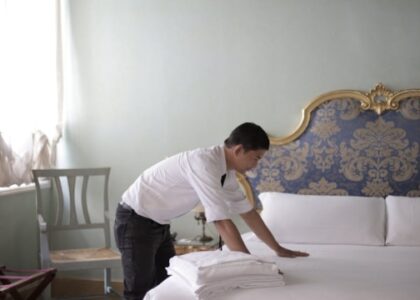Collins likewise tests “pressure drop,” which is essentially that it is so natural to inhale while wearing a cover. In the event that doing so is too troublesome, a wearer could find the cover less agreeable as well as suck in air around its sides, nullifying its filtration. Some fabric covers — incorporating those equipped with espresso channels — have this issue. “There’s an explanation N95s aren’t produced using fabric,” Collins says. The Mask Nerd’s top picks can be found in this video. As a rule, he suggests KN95s made by Chinese organization Powecom and others, an assortment of KF94s, for example, the Bluna FaceFit and N95s made by legitimate brands, for example, 3M, Moldex or n95 mask Honeywell. These covers had near close to 100% filtration efficiencies and genuinely low tension drops in Collins’ arrangement. (For correlation, he found that a careful cover alone had between around 50 and 75 percent filtration productivity, contingent upon the fit, and a decent material veil had around 70%.) But while picking the best cover, solace ought to be a game changer, he says. Not every person needs to wear a N95.
“As far as I might be concerned, the base I need to see individuals wear is a KN95 or KF94 with the Delta variation,” Collins says. “I don’t think careful veils are sufficient any longer, and we ought to have been disposed of material covers the previous summer — they’re not even in that frame of mind” of good filtration. (Honestly, a few examinations have viewed that as careful and material veils can give some security against COVID in any event. A new huge, randomized concentrate in Bangladesh found that careful veils fundamentally brought down the gamble of contamination; fabric covers didn’t have a quantifiable advantage, albeit different examinations recommend they give some insurance.)





